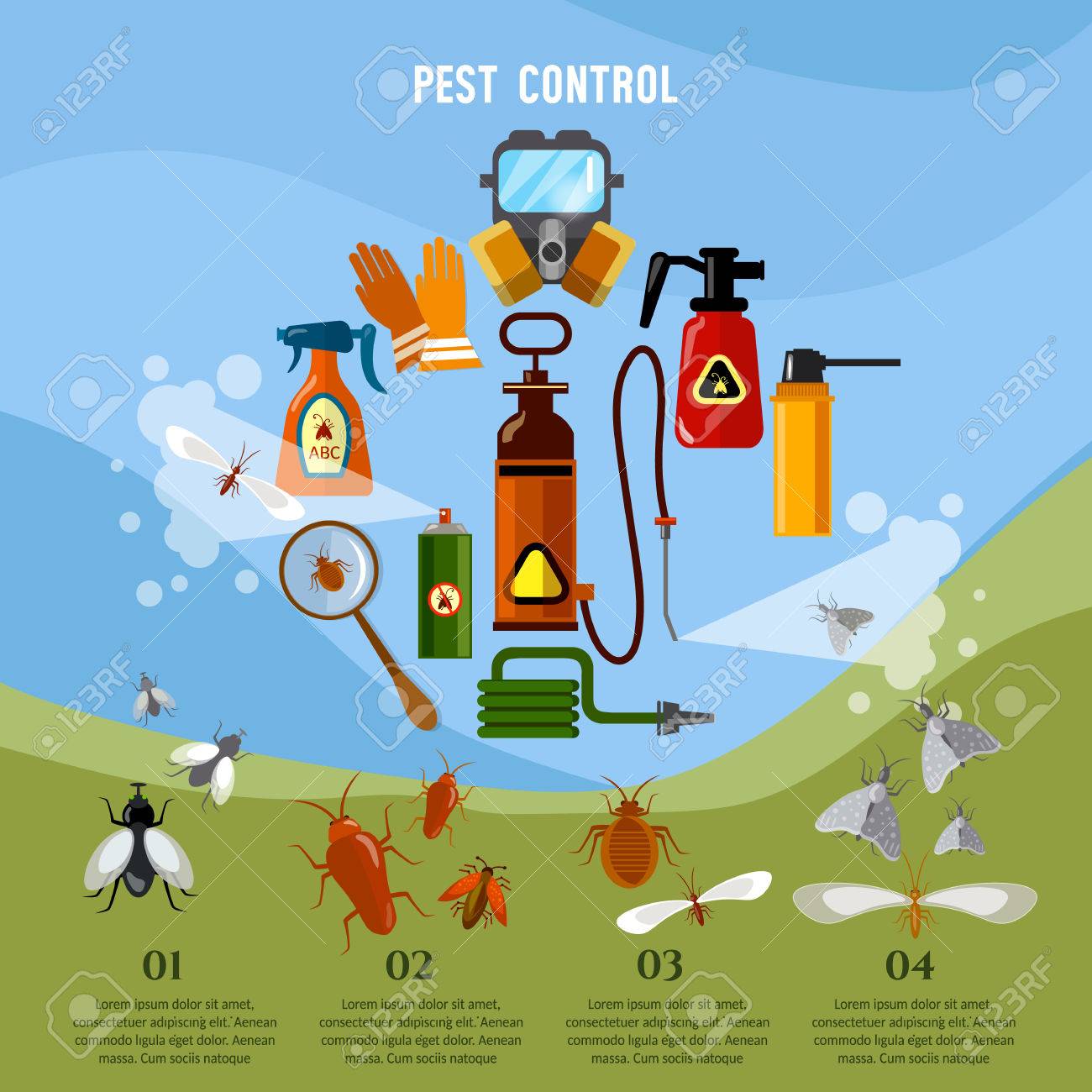Find Out Valuable Recommendations On Just How To Avoid Rodents From Entering Your Attic Room And Safeguard Your Home
Find Out Valuable Recommendations On Just How To Avoid Rodents From Entering Your Attic Room And Safeguard Your Home
Blog Article
Created By- more resources as a comfy Airbnb for rodents, with insulation as cosy as resort cushions and wiring much more tempting than room solution. Now, envision these undesirable visitors tossing a wild party in your house while you're away. As a home owner, guaranteeing your attic room is rodent-proof is not just about comfort; it's about safeguarding your home and liked ones. So, what what is it worth can you take to safeguard your refuge from these hairy intruders?
Inspect for Entrance Details
To begin rodent-proofing your attic room, examine for entry factors. Begin by carefully examining the exterior of your home, looking for any kind of openings that rats can utilize to gain access to your attic room. Check for voids around utility lines, vents, and pipes, in addition to any kind of cracks or openings in the foundation or home siding. Ensure to pay close attention to areas where various structure products meet, as these prevail entry factors for rats.
Furthermore, examine the roof covering for any type of damaged or missing tiles, along with any kind of spaces around the sides where rodents might press via. Inside the attic, try to find indicators of existing rodent task such as droppings, chewed cables, or nesting products. Utilize a flashlight to thoroughly examine dark corners and concealed rooms.
Seal Cracks and Gaps
Inspect your attic room completely for any kind of fractures and voids that require to be sealed to stop rodents from entering. Rats can press through also the tiniest openings, so it's important to seal any kind of prospective entry factors. Inspect around pipelines, vents, cords, and where the wall surfaces fulfill the roof. Use a mix of steel wool and caulking to seal these openings properly. Steel wool is a superb deterrent as rodents can't eat through it. Make sure that all voids are securely secured to refute accessibility to undesirable bugs.
Don't forget the significance of sealing gaps around windows and doors as well. Use climate removing or door sweeps to secure these areas efficiently. Evaluate the locations where energy lines get in the attic and seal them off utilizing an ideal sealant. By putting in the time to seal all fractures and gaps in your attic room, you develop a barrier that rats will find challenging to violation. Avoidance is key in rodent-proofing your attic room, so be complete in your initiatives to seal off any type of prospective entry points.
Remove Food Resources
Take proactive actions to remove or keep all possible food resources in your attic room to hinder rodents from infesting the room. Rats are attracted to food, so removing their food sources is critical in maintaining them out of your attic.
Below's what you can do:
1. ** Shop food firmly **: Stay clear of leaving any type of food products in the attic room. Shop all food in airtight containers made from metal or sturdy plastic to prevent rodents from accessing them.
2. ** Clean up debris **: Eliminate any kind of heaps of debris, such as old papers, cardboard boxes, or timber scraps, that rodents could utilize as nesting product or food resources. Keep the attic room clutter-free to make it less appealing to rodents.
3. ** Dispose of waste properly **: If you use your attic room for storage and have trash or waste up there, ensure to deal with it frequently and appropriately. Decaying trash bin draw in rats, so keep the attic room clean and free of any organic waste.
Verdict
In conclusion, bear in mind that an ounce of avoidance deserves an extra pound of cure when it concerns rodent-proofing your attic.
By making the effort to check for entrance factors, seal splits and voids, and remove food sources, you can keep unwanted bugs away.
Keep in mind, 'An ounce of prevention is worth an extra pound of remedy' - Benjamin Franklin.
Keep positive and shield your home from rodent invasions.
